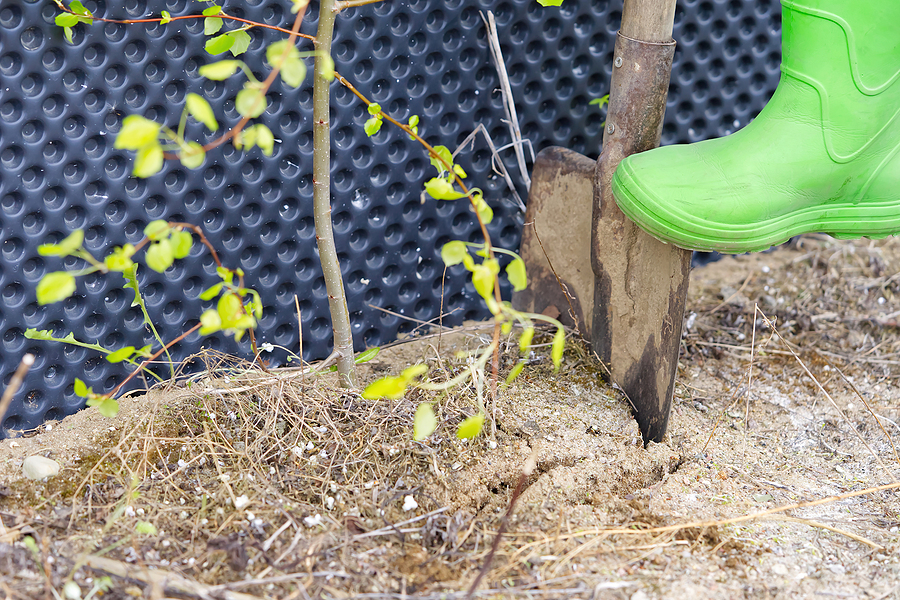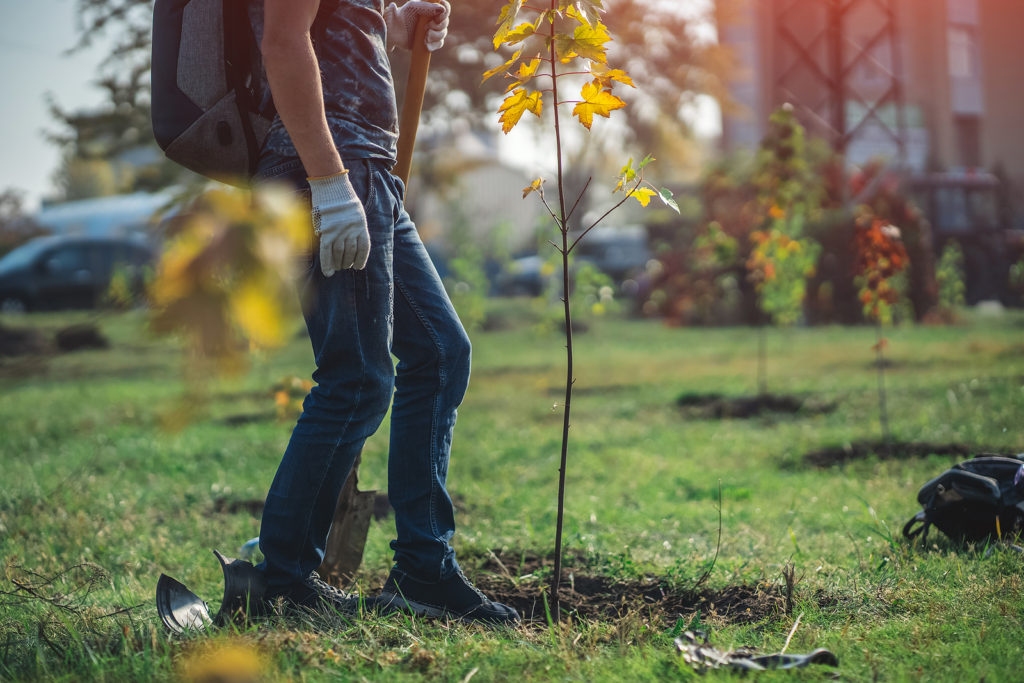One of the most fundamental aspects of gardening is learning how to transplant a tree. This process is not difficult, but there are a few key tips to keep in mind to ensure that your tree thrives in its new location. Continue below to learn some fundamental tips to help you transplant a tree safely.

How to Transplant a Tree
When you transplant a tree, you are essentially moving it from one location to another. This can be a daunting task, but with proper planning and execution, it can be done successfully. Here is what you need to know about tree transplanting:
Choose the Right Time of Year
When transplanting a tree, it’s important to choose the right time of year. The best time to transplant is in the fall or winter when the tree is dormant. This will give the tree time to adjust to its new location before the growing season begins.
Pick the Right Tree for the Job
Not all trees are well-suited for transplanting. Some species of trees have shallow root systems that make them more susceptible to transplant shock, while others have deep taproots that are difficult to dig up. Choose a tree that is right for the job and has a good chance of surviving the transplant process.
Dig a Large Hole
When you dig the hole for the new location of the tree, make sure it is at least twice as wide as the root ball of the tree and just deep enough so that the root ball is level with the ground. This will give the roots plenty of room to grow and establish themselves in their new home.
Prepare the Root Ball
Before you transplant the tree, it is important to prepare the root ball. This involves gently removing the tree from its current location and making sure that the roots are not damaged in the process. Once the tree is out of the ground, you can prune away any damaged or diseased roots.
Transplant the Tree
After you have prepared the root ball, it is time to transplant the tree. Carefully place the tree in the hole, making sure that the roots are covered with soil. Water the tree well, and then add mulch around the base to help protect the roots.
Monitor the Tree
Once the tree is transplanted, it is important to monitor it closely. Make sure that the tree is getting enough water and watch for signs of stress such as wilting leaves. With proper care, your tree should thrive in its new location.
Are you looking for licensed and insured tree care services near you? Contact Complete Tree Care at 317-783-2518 for affordable tree removal, tree trimming, tree pruning, and all other tree services in Indianapolis, Indiana and its surrounding counties. We provide residential and commercial tree services, as well as certified arborist services.
Related Posts:
Should an Uprooted Tree Be Replanted or Removed?
4 Topsoil Problems That Can Negatively Affect Tree Health
Arbor Day Tips for Taking Care of a Newly Planted Tree


